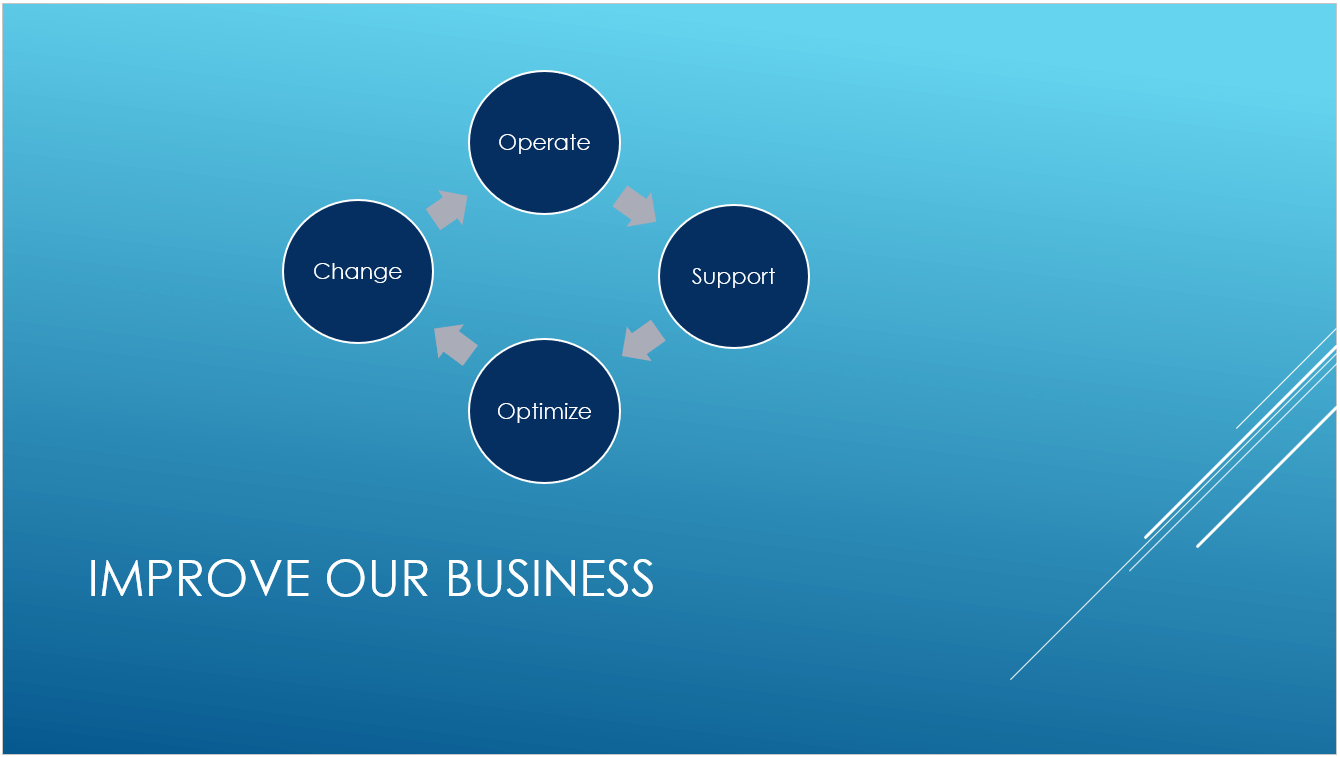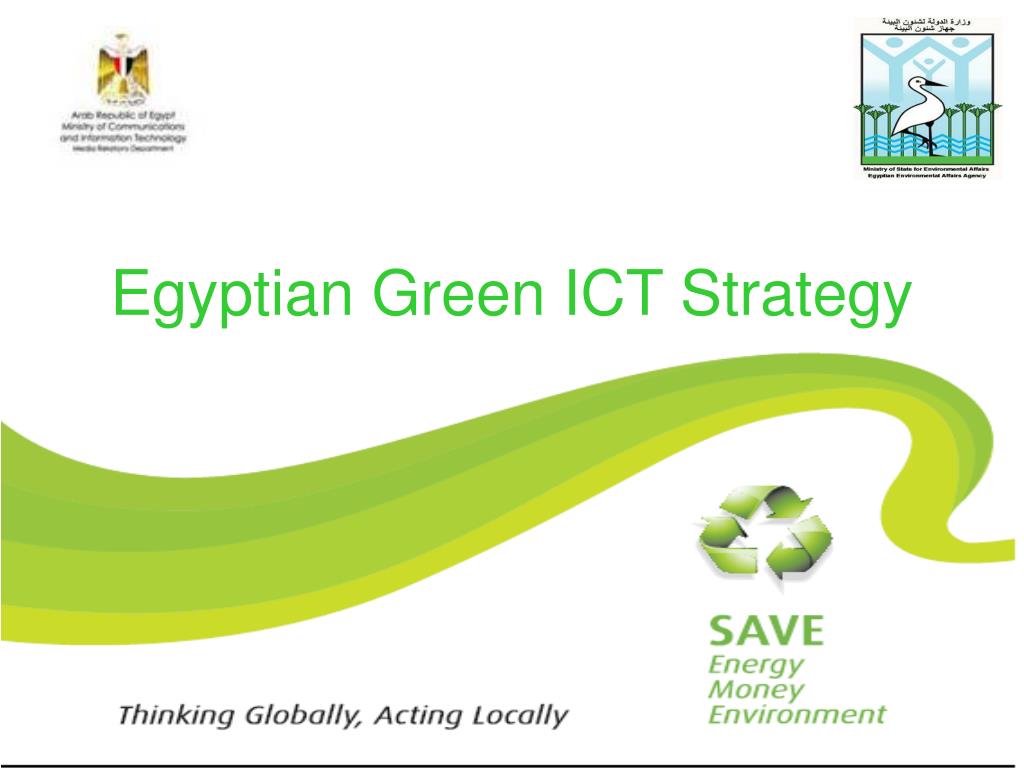Part two of a two-part series..

Green ICT use cases to reduce energy consumption and improve energy efficiency. This document intends to help Green ICT stakeholders such as government, SDOs, companies, and R/D engineers understand current status on Green ICT deployment and standardization activities. 2 Guidance on green ICT procurement 1 Introduction Considering the ongoing efforts of the ICT sector on issues related to the environment and climate change, the Standardization Bureau of the International Telecommunication Union (ITU-T) is developing a set of. . Overall benefits of green and cool ICT would be realized with a critical mass of users, economies of scale for producers and service providers, and enabling policy environments. The potential cost savings of green and cool ICT applications, such as videoconferencing resulting from local and trans-border travel reductions, cannot. Green computing is about reducing the environmental footprint of computers or of ICT in general. This is most commonly achieved by:. making data centers and computing devices more energy efficient,. using more renewable energy sources,. using l. Another definition for Green IT says, it is the “optimal use of information and communication technology (ICT) for managing the environmental sustainability of enterprise operations and the supply chain, as well as that of its products, services, and resources, throughout their life cycles.”(The Gartner report, “Green IT: The New Industry Shock Wave,” by analyst Simon Mingay).
While part one focused on the opportunities inherent in green practices that lead to reduced energy consumption and lower utility bills, part two identifies means of increasing green adoption in the face of barriers both perceived and real.
Green IT: Barriers Versus Benefits

While Green IT is a game changer in addressing environmental problems facing us and there is growing support for adoption of green initiatives, there are barriers – both perceived and real – to implementing green technologies and measures. But that doesn't mean we should abandon our green efforts; instead we should identify real barriers and address them to realize the benefits.

Table 1 highlights the major barriers as well as the benefits of greening IT. Often the cost of implementing green IT and other green initiatives is seen as major stumbling block. Though there will be capital cost associated with required additional hardware or software, replacing existing hardware with greener IT products or new software for IT-enabled green initiatives, over a period of time enterprises can see net savings. And the green initiatives could be carried out in a phased manner, initially focusing on low-hanging fruits that don't require major investments.
As highlighted earlier in the article, greening by IT might call for reengineering of business processes and practices, which in some instances, could be a major challenge that enterprise had to address holistically. Several studies reveal that reluctance to change as another key barrier. Stakeholder involvement and engagement with enterprise green initiatives from early on addressing their fears and convincing them on the need for going green will help to overcome or minimize this barrier.
Potential lack of alignment between Green IT and enterprise green initiatives is an issue as it wouldn't yield fuller benefits of green efforts. Business executives should, therefore, develop business, IT, and environmental sustainability (BITES) strategies for their business enterprises that are aligned with each other. This nexus is the key to the successful realization of their business goals and the fulfillment of their environmental and social responsibilities.
As briefly summarized in Table 1, benefits of judiciously implementing green IT initiatives are many, and the benefits have to be assessed in the business context. The adoption of green technologies and initiatives will be driven by a strong business case. Several case studies confirm the realization of several benefits. The energy and cost savings more than compensate for the upfront cost associated with the implementation of green IT as well as other burden. Businesses also need to look at green requirements from another viewpoint. The implications of not going green might cost a lot in the context of emerging stricter environmental regulations, stakeholder demands, competitiveness, brand or corporate image and social responsibility.
In an interesting development, as a recent HBR blog highlights, a new study reveals sustainability is an increasingly important factor in attracting and managing talent. Employees also want to be involved in developing sustainability strategy. Half of younger employees, about one-fifth of older employees and three-quarters of enthusiasts expect to play a role in how their firms approach the topic.
Green Prospects
Though IT has to become greener, as the Smart 2020 and Smarter 2020 reports pointed out, ICT's largest influence will be in enabling energy efficiencies, minimizing resource consumption and reducing environmental impact in all other sectors and areas. New technologies and systems such as RFID (radiofrequency identification), Internet of Things, sensor networks, smart phones, ubiquitous computing, cloud computing, context-aware systems, environmental intelligence and smart systems present new opportunities to address resource (energy and water) consumption and improve environmental sustainability.
What Is Ict
Green Action Agenda
Unsustainable environments make societies vulnerable, and can severely impact the future progress of the society – growth of the economy, business and societal well being. Sustainable innovation – innovation that is inspired by and built on a vision to cater to economical, environmental and societal needs (triple bottom line) – is one of the most meaningful and lasting contributions that we as individuals and businesses, supported by the government, can make. Future of our planet and the society is in our hands and what we do today to address environmental issues will not only shape our future but also our future generations.
IT professionals, educators, researchers, and businesses can make a difference by harnessing IT's power to create a sustainable environment for the benefit of current and future generations. Smart companies are adopting innovative environmental strategies to innovate, create value, and build a competitive advantage.
Enterprises and individuals can – and should – work both independently and collaboratively to accelerate the adoption of green IT and help speed the world's transition to a low-carbon economy. As Albert Einstein once said, 'The significant problems we have cannot be solved at the same level of thinking with which we created them.' To build a greener environment, you must modify or end many old and familiar ways of doing things and discover new methods.
Helpful Resources for Further Information
For a comprehensive overview on Green IT, refer to book chapter, 'Green IT: An Overview,' in the new book Harnessing Green IT: Principles and Practices, San Murugesan and GR Gangadharan (Editors), Wiley-India and IEEE Computer Society, 2012 – free download.
For information on how IT could be harnessed in other key sectors to green their operations, refer to the report, SMARTer 2020: The Role of ICT in Driving a Sustainable Future, Global e-Sustainability Initiative (GeSI), 2013.
Green Ict Benefit Ppt Template
© Author: San Murugesan
About the Author
Green Ict Benefit Ppt Download
San Murugesan is director of BRITE Professional Services, and an Adjunct Professor in the School of Computing and Mathematics at the University of Western Sydney, Australia. His expertise and interests include cloud computing, green computing, Web 2.0 and 3.0, and IT in emerging markets. He offers training programs on cloud computing and green IT, and delivers keynotes and seminars. Mmx353g 3g usb manager driver for windows 10 free download. His recent book, Harnessing Green IT: Principles and Practices, co-edited with GR Gangadharan, is well recognized in professional and academic circles and is being adopted as textbook for courses on green IT, green computing and green business. He is Associate Editor in Chief of the IEEE’s IT Professional magazine and Editor of Computer. He edits the new 'Cloud Cover' column in Computer and 'IT in Emerging Markets' column in IEEE IT Professional (short articles for both these columns are welcome). He is a fellow of the Australian Computer Society, Senior Member of IEEE and a distinguished visitor of the IEEE Computer Society. Dr. Murugesan held various senior positions in academia and industry in Australia, USA and India. Contact him at san1[at]internode[dot]net or connect with him on Twitter @santweets, or LinkedIn.